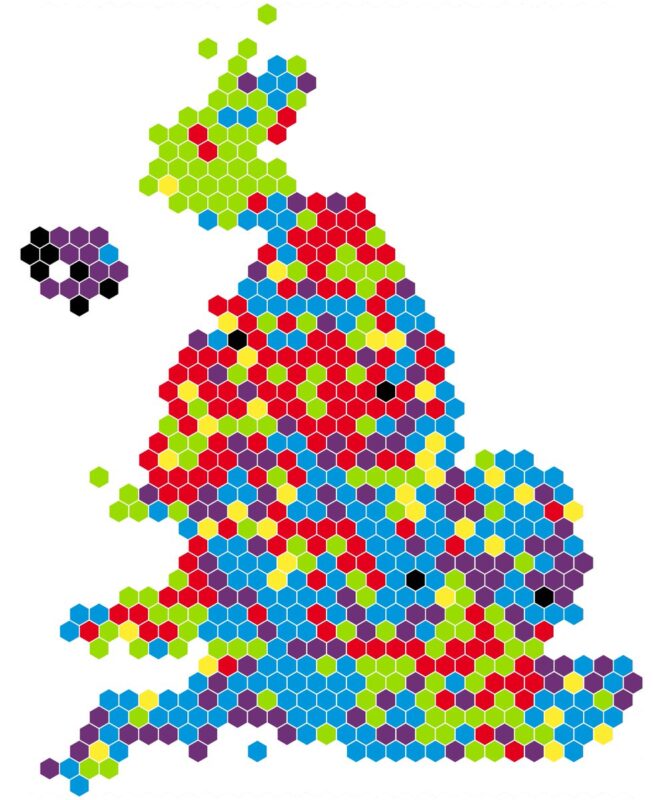With the recent local elections out of the way, and thoughts turning to a potential General Election in the next 2+ years, I’m sure many campaigners are looking at their target constituency list and reflecting if they’ve got the right seats and MPs on them.
Putting together a target seat list is more of an art than a science, but when you have limited resources putting in some thought to the approach that you’re going to take and the rationale for it can help.
So where do you start, below I’ve listed a number of different approaches that you think about taking for your list;
- Political Lifecycle – there is often a temptation to focus on those already holding the key political positions that you’re looking to influence. That can be important, but with Ministers changing regularly, and often by virtue of their ministerial role being less active in their constituencies, I’m not sure that just focusing on ministers is the best approach to take. Not least because it can take time to build your presence in a constituency and you can quickly find that work wasted when a reshuffle happens.
But looking at other ‘life’ stages for an MP could be useful, for example;- Reflecting on those that are likely to get promoted in future reshuffles – perhaps by looking at who’s in junior minister and Parliamentary Private Secretary roles – they’re often the roles future Ministers take.
- Building a base of support in the seats of MPs who are on key Select Committees or APPGs.
- An approach that looks at those MPs who just got elected at the last election – based on an assumption that newer MPs might have more incentive to be seen to be active in their constituency as they look to establish themselves, or perhaps still working out what they want to prioritise as an MP.
- You could play a long game by building power in those seats where an MP might be likely to retire at the next election, so you’ve got a base to influence new incumbent MPs.
- Swing Seats – a very traditional approach to a key seat list, and ahead of the next general election I’m sure many campaigners will be looking at list of Red Wall and Blue Wall seats to see where to target.
There is a strong political rationale for this – the views of constituencies in these seats will have an outsized influence in the next election and will see a disproportioned number of focus groups and media ‘vox-pops’ happen as a result, but the challenge can be to ensure that you’re able to build enough power to feel like your able to get cut through in what is likely to be a busy and noisy environment. - Political tribes – it’s easy from the outside to treat political parties like homogenous blocs, and while there are of course many things that unite MPs looking beyond party affiliation to the specific political tribe or grouping that they’re in can be helpful – this is a helpful, if slightly irreverent, look at some of the tribes in the Conservative Party (here is another). Membership of some grouping might indicate a greater propensity to support your issue or cause.
- Local connections – given the importance of rooting your local campaigning in relevant local issues, you could build a list based on local connections – for example, if you’re campaigning on a specific environmental issue selecting constituencies that are home to relevant habitats or similar. It’d provide great opportunities to connect MPs to projects and volunteers.
- Engage-ability – for supporters, there is nothing more demoralising that being asked to engage your local MP knowing that their MP won’t. The reality is that some MPs just aren’t as interested in their constituents as others so building a list, perhaps cut from criteria but with one eye on if the MP will engage can be a useful approach.
- Personal background, interest or issues – if you’ve already got a list of MPs who are allies you could focus on building a base of support behind them, but beware that in doing so while it might help to strengthen your relationship with existing MPs it’s unlikely to build you any new or additional supporters.
What criteria do you use to select your target list of MPs?
